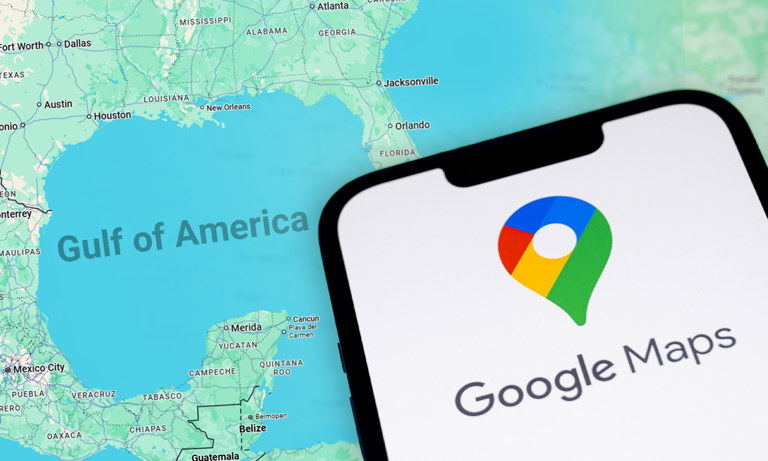
If someone told me six months ago that the U.S. would rename the Gulf of Mexico to the Gulf of America, I wouldn’t have believed it. But here we are—Google Maps now shows the name as the Gulf of America, at least in the U.S.
People online have had mixed reactions to this, but what’s really interesting is how they’re viewing it through the lens of Google Maps and social media. This situation highlights how technology shapes our perception of reality, blurring the lines between what’s real and what’s digital.
Why Did Google Maps Change the Name?
Before we go further, this isn’t about politics. Instead, we’ll explore the power of tools like Google Maps, the influence of naming, and the role of social media in shaping public perception.
On January 20, 2025, Donald Trump signed an executive order renaming the Gulf of Mexico to the Gulf of America, with February 9 declared as Gulf of America Day. The Geographic Names Information System (GNIS), which tracks place names in the U.S., updated its records, and Google Maps quickly followed.
However, the change isn’t universal—Google Maps shows “Gulf of America” in the U.S., “Gulf of Mexico” in Mexico, and both names in other parts of the world.
How Has the Internet Reacted?
Naturally, people are debating the change. Some support it, while others criticize it. But what’s most fascinating is the number of people refusing to call it the Gulf of America.
Many have taken to social media, complaining about Google Maps’ decision or pointing out that other mapping apps, like Apple Maps, haven’t made the change. These reactions show how much technology affects our sense of reality.
Why Are People So Upset About This?
In daily life, this name change doesn’t really affect anyone. Even if you live by the Gulf, it won’t stop you from calling it what you always have. But people’s strong reactions show how deeply technology influences us.
Studies show that people naturally resist change, especially when something familiar is altered. Name changes happen all the time—Sri Lanka was once Ceylon, and Iran was known as Persia. But those shifts didn’t cause as much immediate backlash because they weren’t amplified by social media.
With modern technology, news spreads faster and feels more personal. Google Maps is a tool we rely on to navigate the world, so when it renames a place, it feels like an official reality. This is where the concept of hyperreality comes in—where the digital world feels as real as the physical one.
For most people, the name of a body of water doesn’t truly matter. But when a trusted tool like Google Maps makes a change, it feels like an undeniable truth. That’s why people online are reacting so strongly—it’s not just about a name, but about how technology shapes our understanding of the world.
At the end of the day, you can call it whatever you want—the Gulf of Mexico or the Gulf of America. But since we don’t control Google Maps, its version of reality is the one many people will see every day, and that’s why this change feels so important.